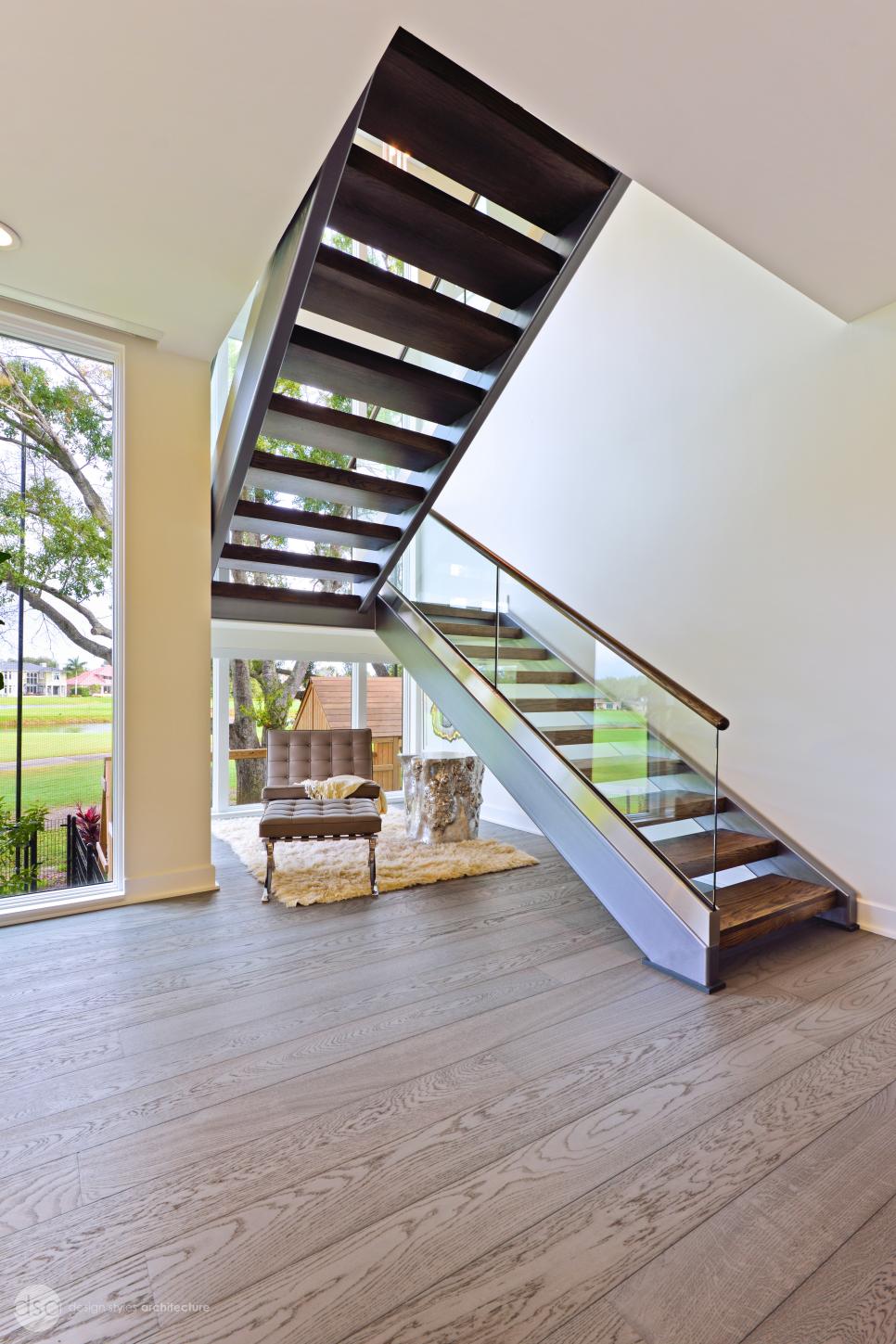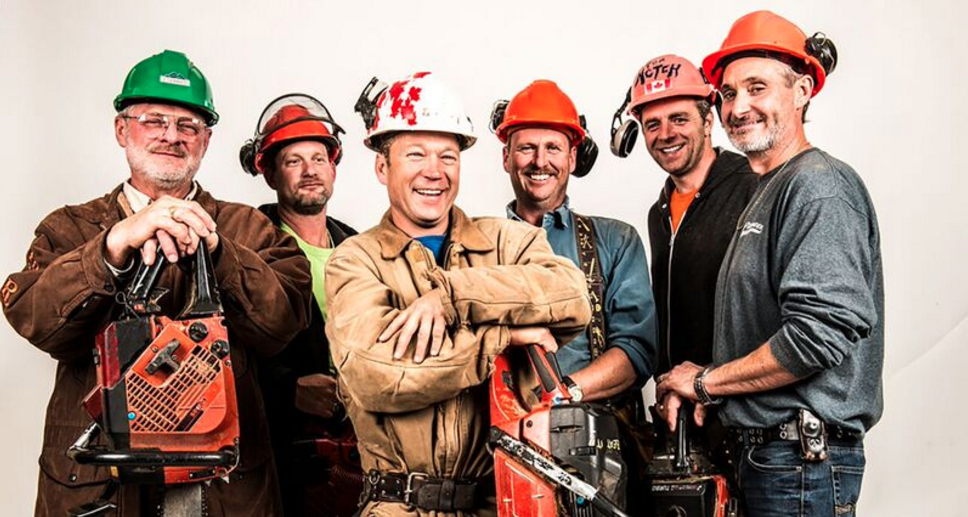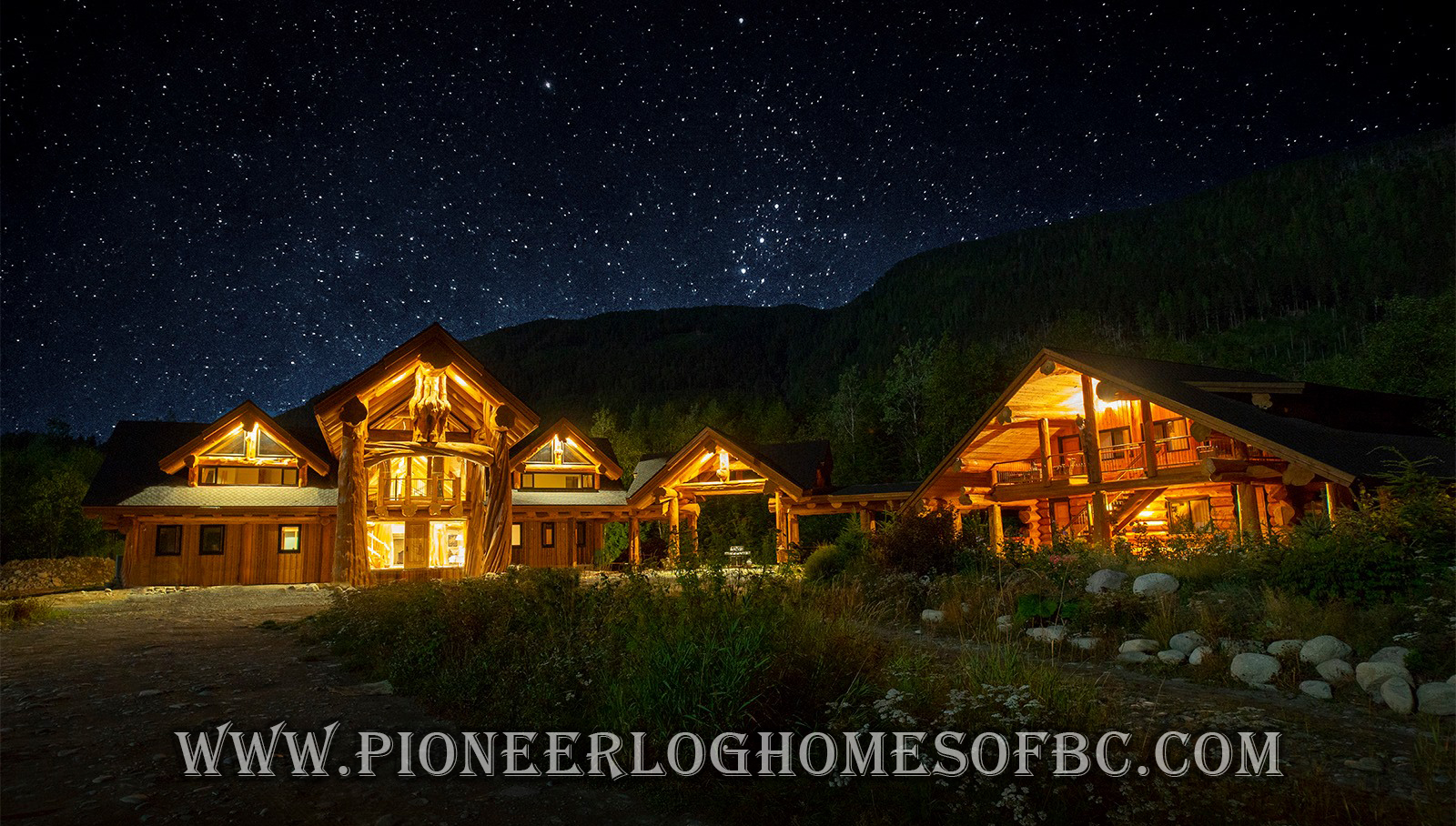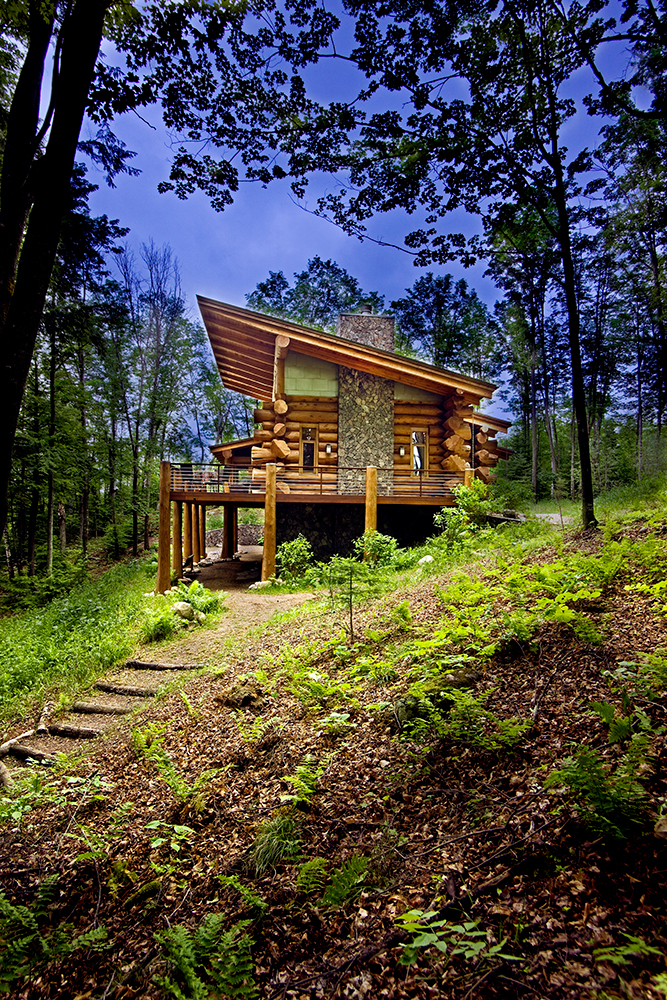Table of Content
Once the floor is insulated, you can use an electric heater. The biggest difference between all of these options is the heat source. Traditional Finnish saunas use wood-burning stoves, though now electrical heaters mimic the experience. These two options are types of “dry saunas,” and unlike steam rooms or other more modern variations, don’t require plumbing. If you opt for the wood-burning stove option, it wouldn’t require a power source either.
Poplar is a great choice for people who are sensitive to chemicals. To construct a sauna, you need to make sure that it has a low ceiling. A higher ceiling will cause the heat to rise, so a lower ceiling will help your sauna to heat up faster. You should also install a vent near the heater to release the heat after use.
Is it expensive to run a home sauna?
If you also believe in this, then you are absolutely incorrect. A sauna does not help you to lose weight; it temporarily removes easily replaceable water from the body. Excessive heat makes your body sweat and sweating can make you lose fluid.
Take deep, slow breaths, and enjoy the sauna for between 15 and 20 minutes. This plan gives you the basics about the stuff you need to consider and also offers lots of other resources that will help you when you start your project. This is another plan for converting an existing building into a sauna, this time, a concrete outbuilding. The plan takes you through each part of the building process step by step.
Do saunas make you poop?
The board consists of Fuma cores with sliced cut face veneers suitable for this application. As a result of the sauna treatment, your body will break down fat stores and mobilize various toxins to be eliminated. The toxins will be discarded through your urine, your sweat, and through your feces . And to finish, a plan for an impromptu sauna you can just set up and enjoy whenever you need it.

Sauna installation costs $300 to $2,500 for labor alone.Home sauna cost. National average cost $6,000 Minimum cost $1,300 Maximum cost $24,500 Average range $3,000 to $10,000. Follow the manufacturer’s instructions for installation of the heater. Typically they require some clearance from the floor and walls, and installation hardware will be included.
Factors to Consider Before Building a Sauna
Fasten with screws through the door jamb into the rough opening, using shims to square up the door frame. Be sure the reveal is even and all air gaps are closed before tightening everything in place. If possible, use tongue and groove lumber for the outer wall. This eliminates the necessity of using nails, which will heat up when the sauna is in use and can cause injury. You should be able to easily remove these and clean the tiles. Roof the sauna with simple wood or tile and remember to keep a ventilation spot open for steam to escape.
Commercial saunas have drains for hygiene and cleanliness purposes. Most facilities that offer infrared sauna treatments recommend using the sauna three to four days per week. If you are healthy and tolerate the four days, you can use the sauna daily. Many homeowners would love a sauna, but many don’t think the cost is justified. You can expect to pay an average of $4,500 to add a sauna to your abode….Typical Cost for Building a Sauna.
Pod Sauna Assembly Video
Plus, can you really put a price tag on your health and sanity? Ten- to 15-minute sessions in a traditional wood-burning sauna trigger blood flow and release endorphins, which improve both heart and mental health. We won’t bore you with statistics about these wellness rooms, though, we’ll just teach you how to build a sauna step-by-step so you can see all the benefits yourself. Your sauna’s heater longevity depends on the type of heater, how often it’s used, and if your water is unusually salty or acidic, which may accelerate deterioration.
The room needs to be small and have a low ceiling height. Ideally, we recommend that you go for spaces that are about 5’ x 5’ or 4’ x 4’ in size. Such rooms are spacious and more comfortable compared to 3’ x 3’ spaces. Use heavy towels or cloth to cover up any gaps where the heat can potentially escape.
Frame all four walls of your sauna with your framing 2 X 4s. Bring in a licensed electrician to run power lines to one wall of your sauna for your electric heater. Sheet the inside walls of your sauna with 1/2 inch plywood, including the ceiling and the floor.
You can choose between wood, gas, electric, or infrared. Most sauna purists will say wood-burning is the way to go. Christensen scored an old barrel wood-burning stove from a local; Mond bought a woodstove on Craigslist. “For me it was all about the kind of vibe I wanted in the sauna,” Mond says.
They even go so far as to claim that you can save up to 50% compared to the cost of buying a modular pre-built version. Here’s a plan from well-known site Lifehacker for how to hack your bathroom and turn it into a sauna. It has a laidback soundtrack, so you can just relax and watch as the sauna develops from a patch of bare earth to a high-quality installation.
It’s easy to maintain as well, thanks to its resilience to moisture and decay. If the ceiling is too high, the sauna won’t heat up effectively when the hot air rises. Go for a 7ft or 7.5ft ceiling height to get the sauna to work properly.
Install Vapor Barrier
However, some disadvantages of dry saunas outweigh the benefits of these saunas. For these reasons, you should consider your options carefully before committing to a dry sauna. A sauna is basically just an insulated shed with an electric, gas or wood-burning heat source.
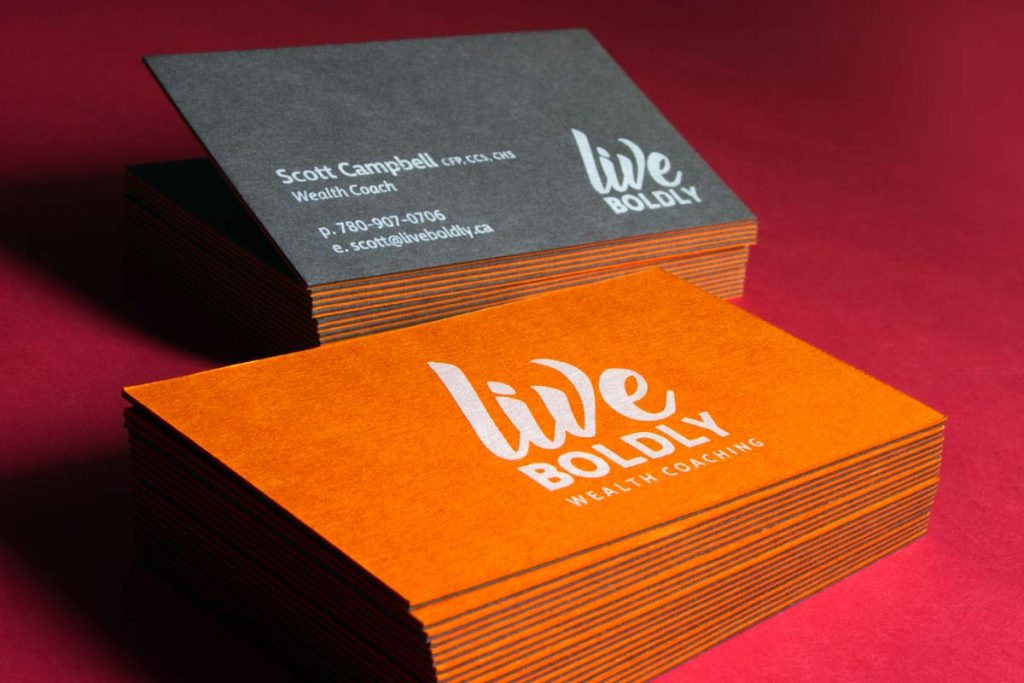
It really hurts, so have a bucket of cool water nearby just in case. If you have the DIY gene, you could be the one to turn an existing outdoor shed or unused closet in your house into a sauna. Some companies, such as Finlandia Sauna, manufacture kits that can be customized for any size. Then consider hiring a dedicated sauna builder to get it done .

